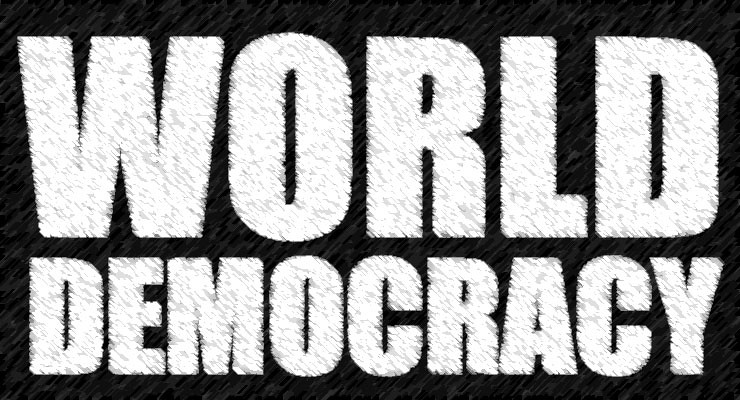 This Release is from Human Rights First By Brian Dooley:
This Release is from Human Rights First By Brian Dooley:
As human rights defenders go, so goes the world. They’re the leading agents of progress; their own freedom predicts a wider freedom.
This fact isn’t lost on dictators and other repressive forces, which go to great lengths to persecute defenders. Hundreds are killed every year; since 2015 more than 1300 have been killed in 64 countries, about one-third of UN member states.
The good news is that a growing body of research is shedding light on how best to protect defenders. (Human Rights First aims to add to it with our new initiative monitoring online threats.) There’s a growing realization that defenders are most capable of assessing their own risks and that the dangers they face often depend on their context: their country, community, and identity.
In the Philippines, for example, defenders accused on social media of being communists, or “red-tagged,” are vulnerable to physical attacks, including murder. Facebook and other companies need to understand that “red-tagging” someone can be tantamount to a death threat, and immediately remove such posts.
A new book, Protecting Human Rights Defenders at Risk, edited by Alice M. Nah of York University in the UK, is a massive contribution to this discussion. It features case studies from five counties particularly dangerous for human rights defenders: Indonesia, Kenya, Colombia, Mexico, and Egypt. Local human rights activists provide context and share the results of surveys of defenders about their own efforts to protect themselves.
Nah’s introductory essay and conclusion are themselves hugely useful to our understanding of the vast spectrum of risks facing defenders and the emerging practices for confronting them. These include recommendations offered by Human Rights First and other international NGOs, such as the provision of emergency grants, the use of international awards to strengthen the visibility of defenders at risk, international accompaniment to deter attacks, temporary relocation away from dangerous environments, trial monitoring, and public advocacy.
The book also focuses on the need to better support the emotional wellbeing of defenders, although “across all five countries, it was the hardest topic to discuss,” notes Nah. “When this topic was explored it opened up complex, multifaceted and gender discussions about fatigue, guilt, trauma, anxiety, depression, burnout and the desperate need for, and impossibility of, self-care in the face of human suffering.”
For some defenders, it’s socially unacceptable to admit that they are struggling emotionally and need a break; for others, mental health care is simply nowhere to be found. I’ve long avoided describing defenders as ”tireless” or “fearless,” because some told me it isn’t helpful to portray them as superhuman; they get scared and exhausted, and pretending otherwise just increases pressure on them. As Nah notes, “Expectations that defenders were strong, brave, committed and selfless made it difficult for defenders to share about their vulnerabilities.”
My work for Human Rights First has sent me to three of the countries featured, where I’ve worked closely with local defenders and seen firsthand the dangers they face. The testimonies in the book revealing wanton brutality are sadly familiar. An anti-corruption activist in Indonesia, for example, recounted how attackers ran over him when he was riding a bike, and that was only the beginning. “Half-conscious, I saw two men approaching me carrying a paving block; they hit my head and I passed out,” he said.
As the book progresses, patterns emerge. Defender after defender must contend with attacks on their families, and on their own identities. Activists are targeted for not only what they do but who they are. Female defenders in Egypt report that threats against them often center on their sexuality and their standing in society. They’re often labeled immoral, promiscuous, or gay. “My biggest fear is not being killed,” said one, “but I fear more sexual assaults.” Another said, “The main challenge I face is being a girl, and the social consequence… and that if I get arrested, it will not be the same as if I were a boy.”
A few chapters, especially the one on Kenya, show the importance of informal networks of support. One woman defender was tipped off that the food at a party was poisoned. The neighbor of another intervened to stop her child from being kidnapped. Often, solidarity equals safety.
As this excellent book shows, our knowledge of what defenders need is growing, but the challenge of putting these practices into practice remains.
Nah persuasively argues that it’s time to reimagine protection, to protect the families of defenders and their loved ones, to protect collectives along with individuals, and to support defenders’ emotional wellbeing. When it comes to expanding freedom and relieving suffering, nothing could be more important.
Leave a Reply